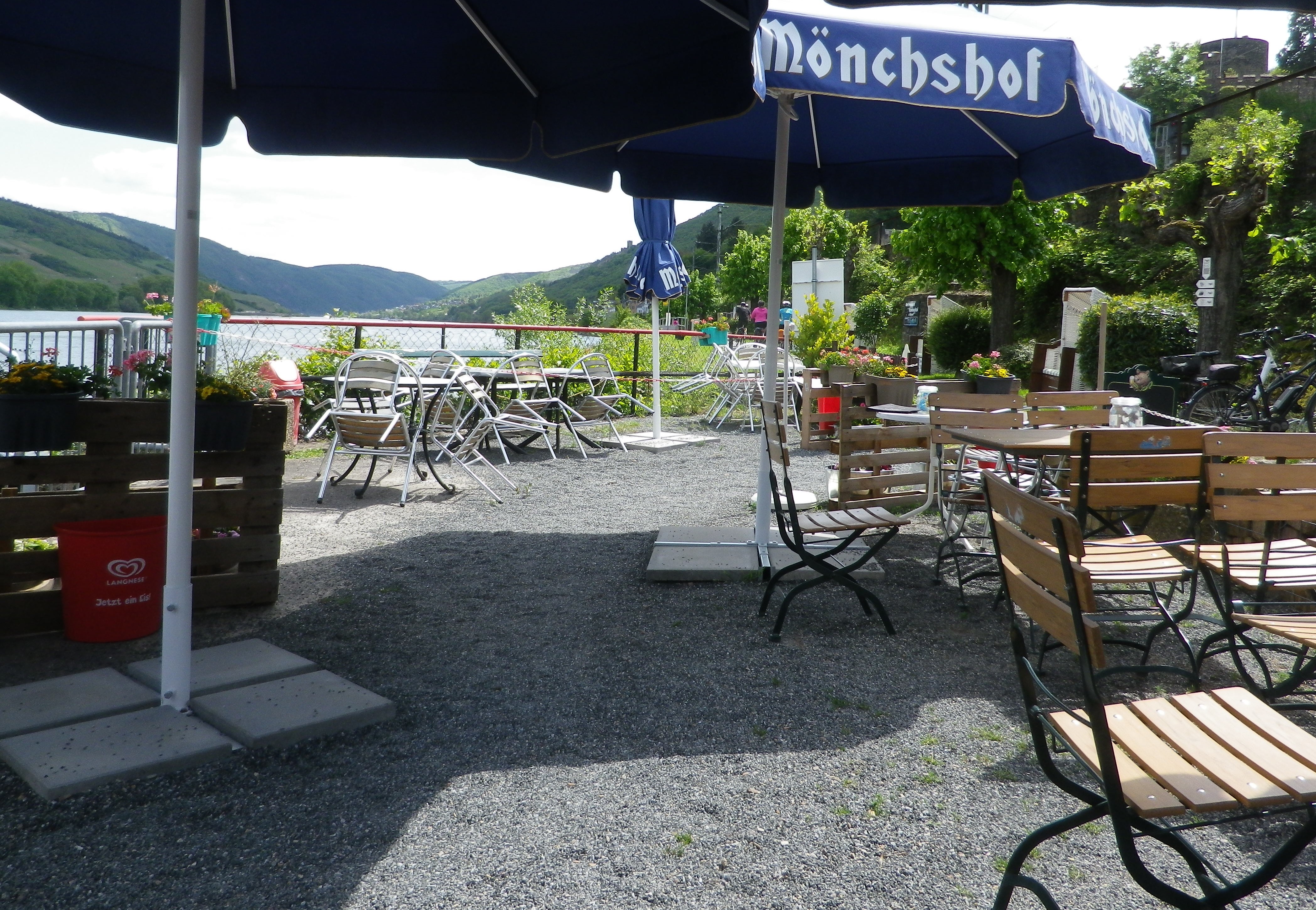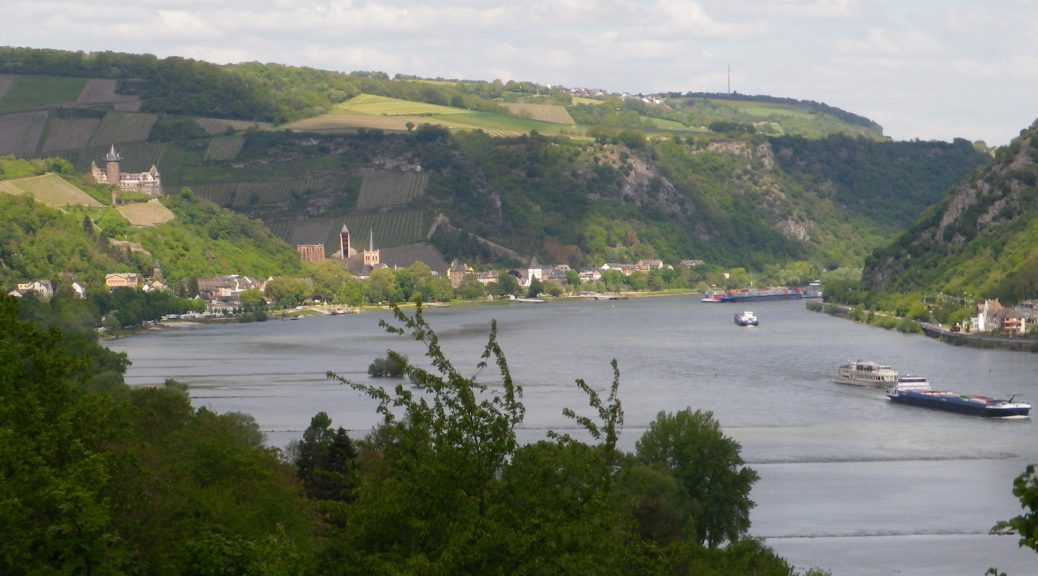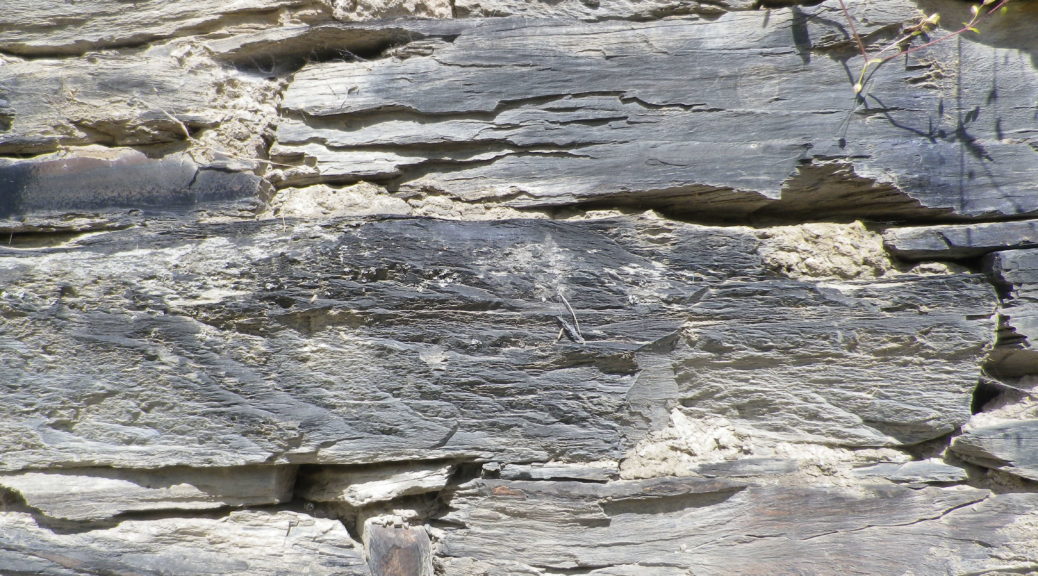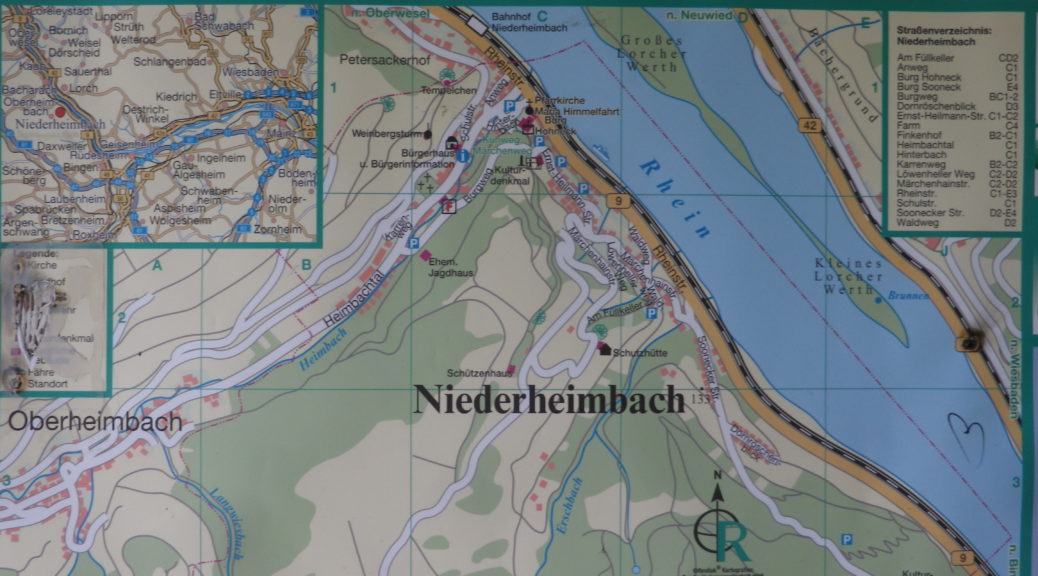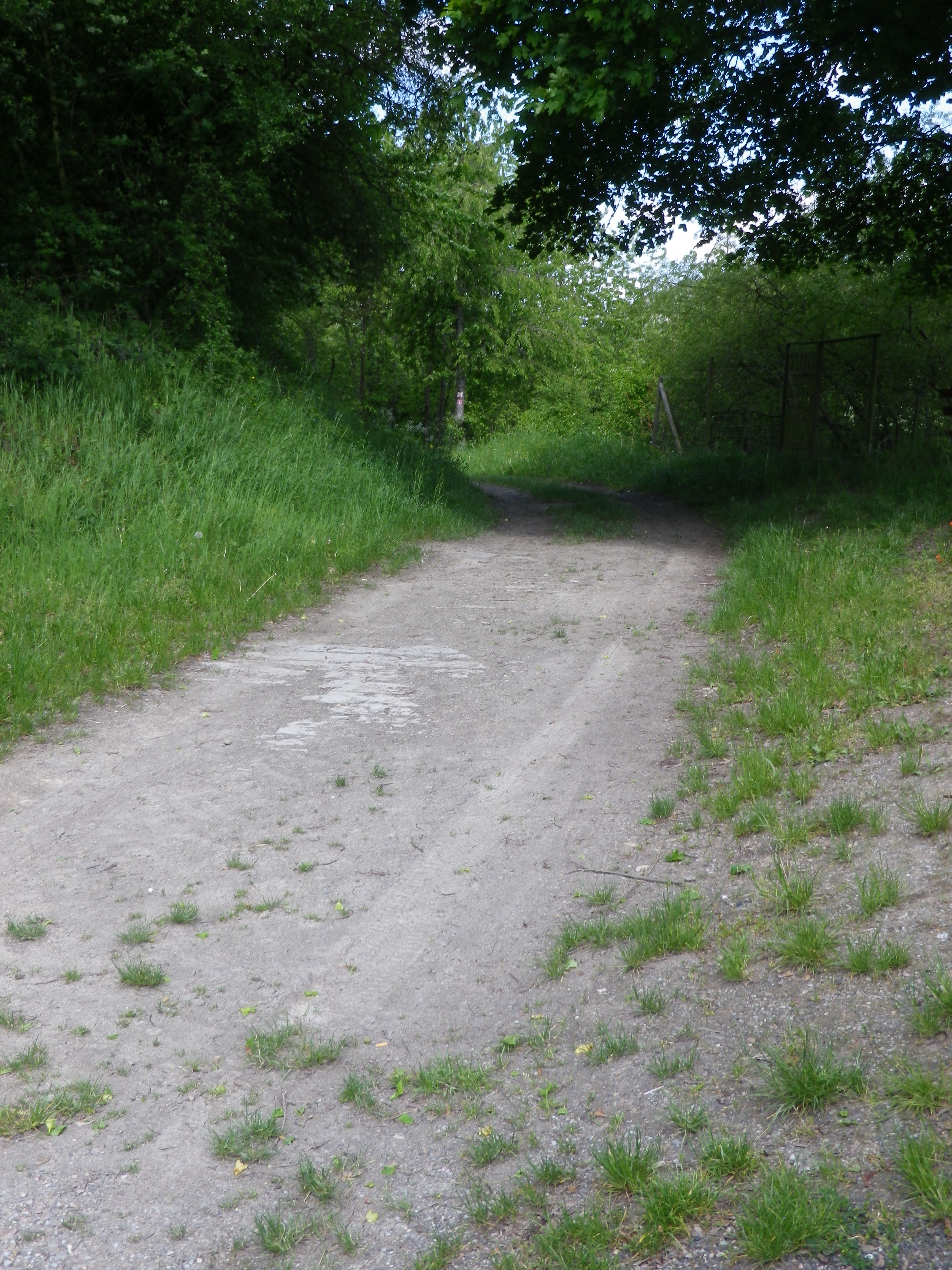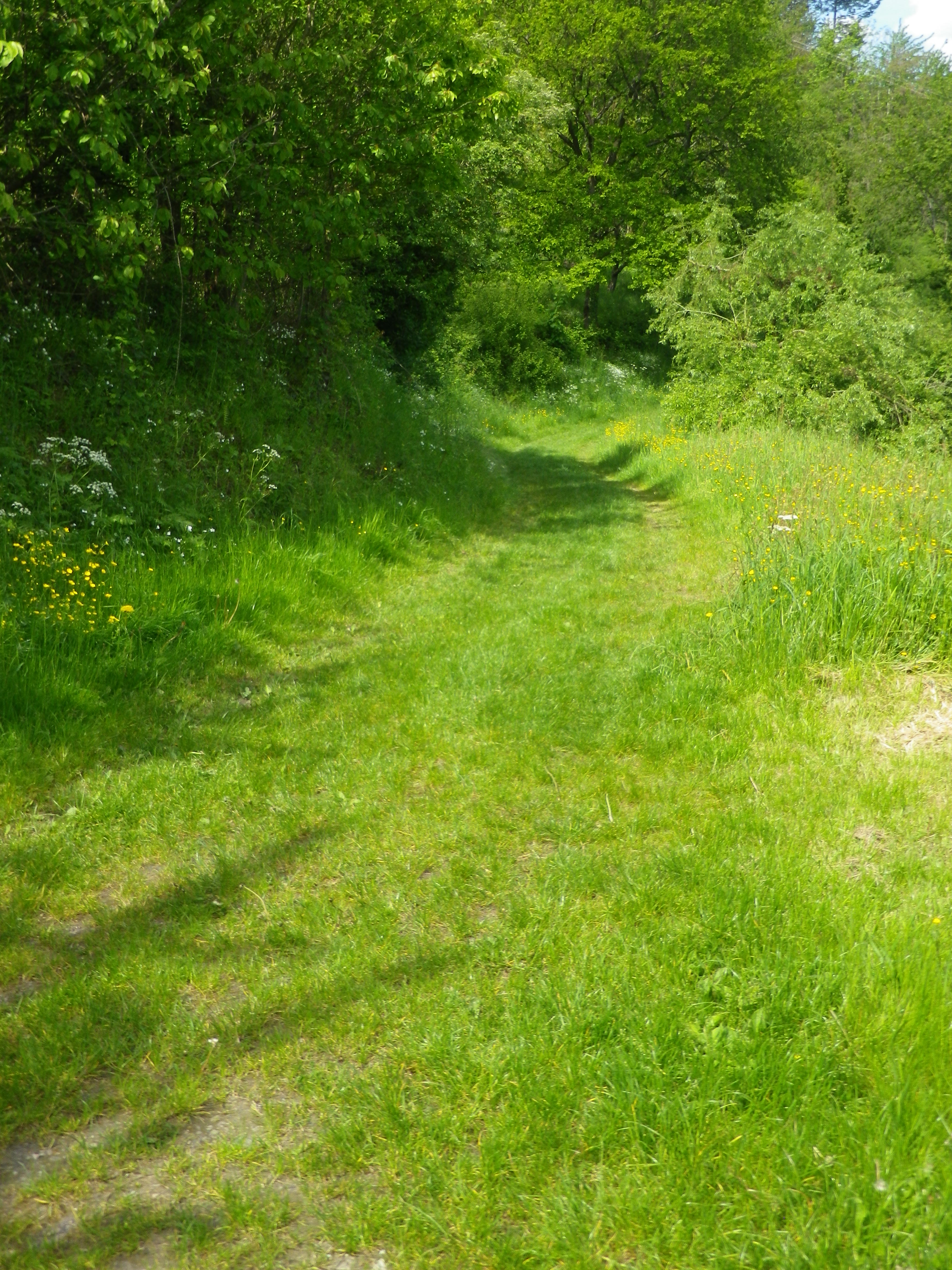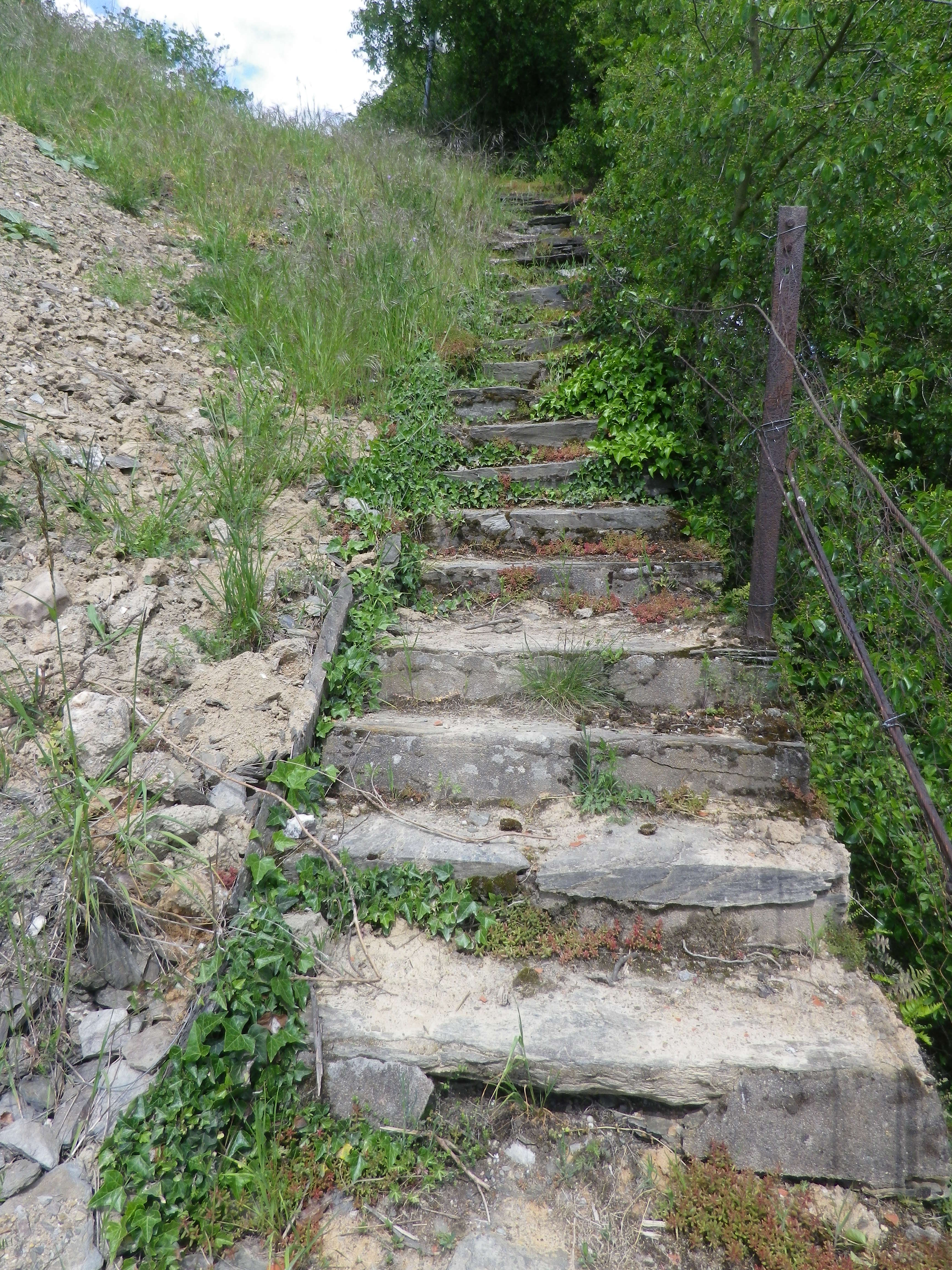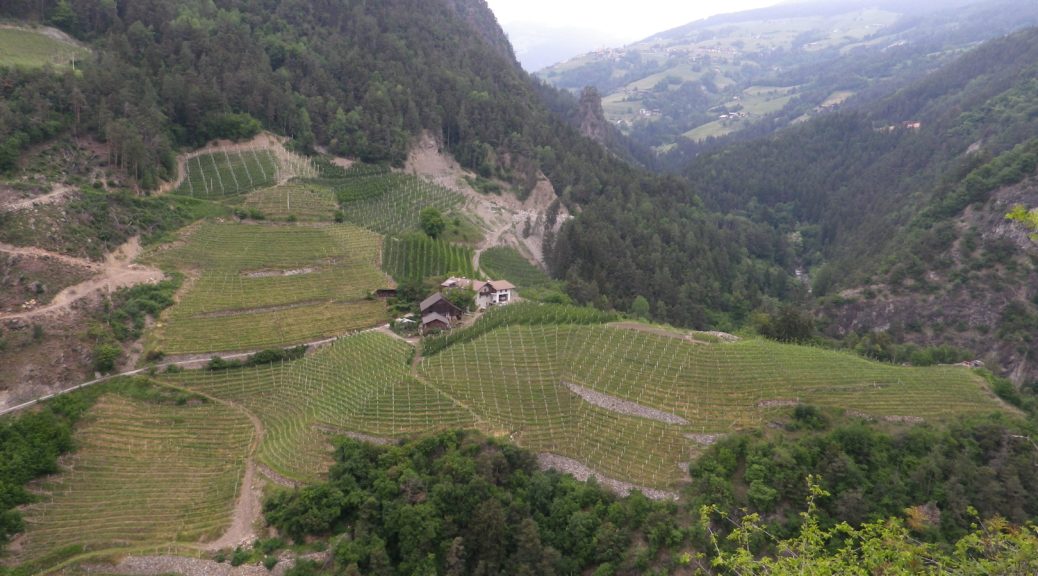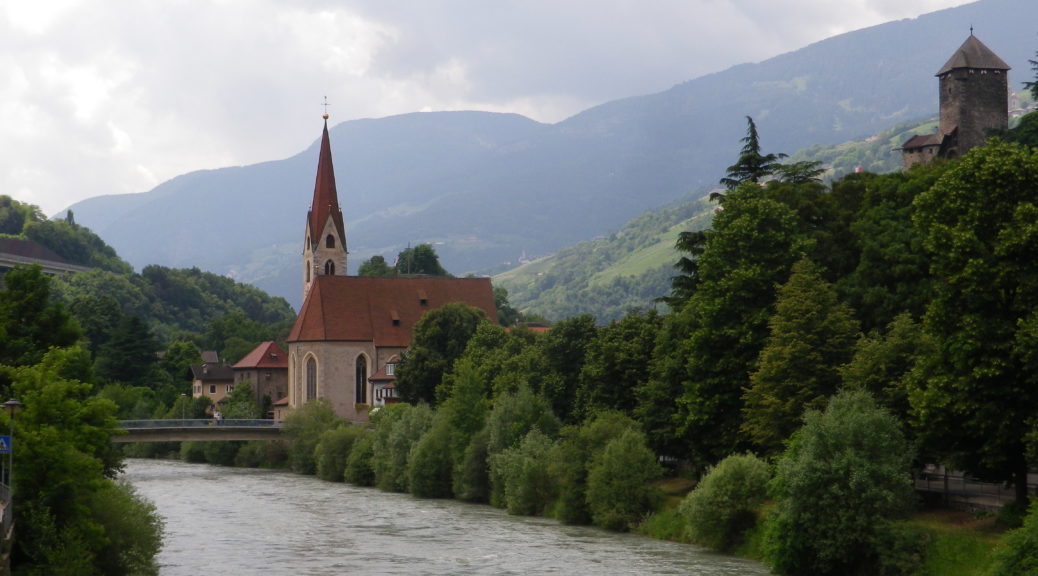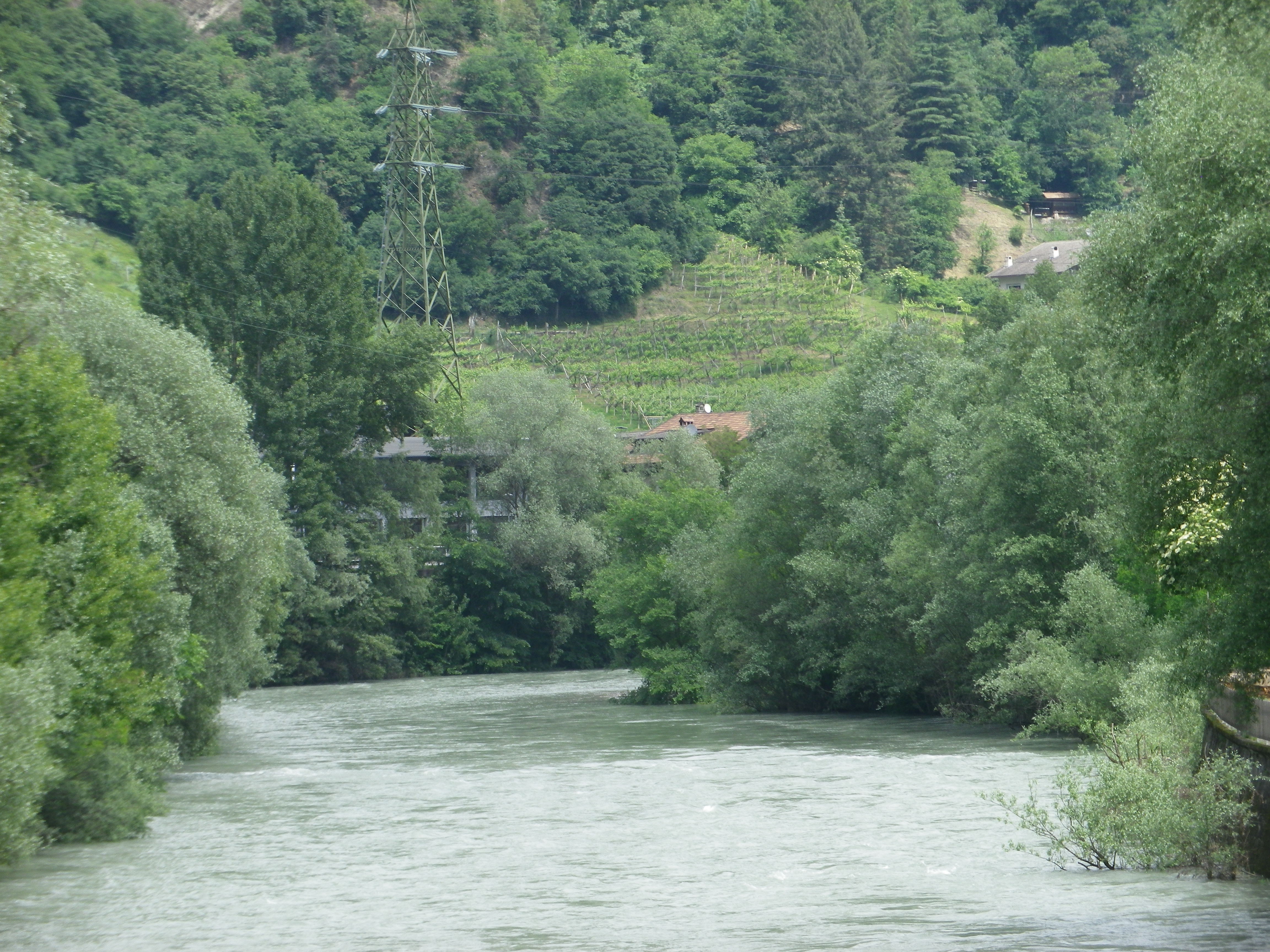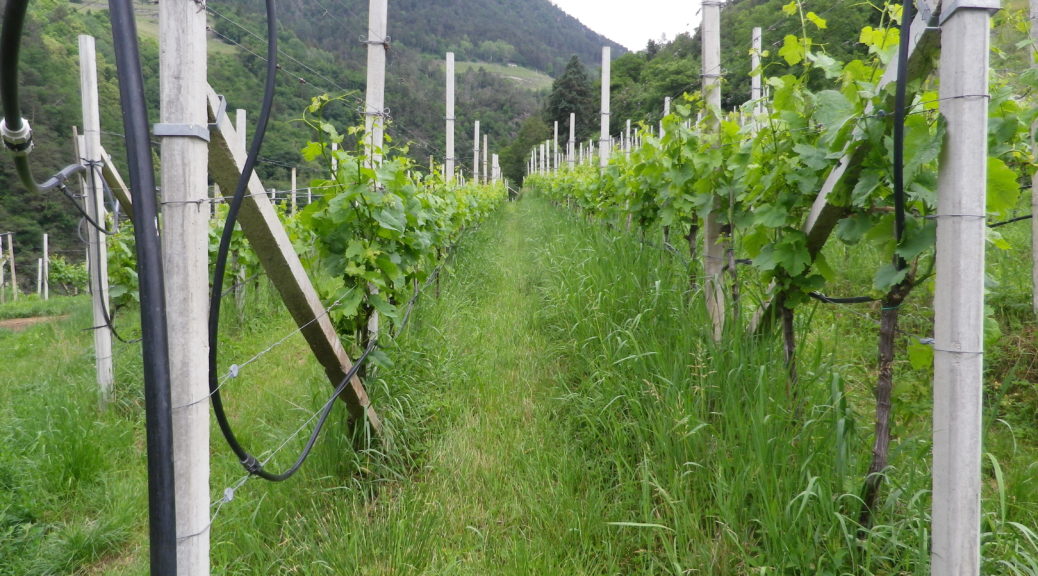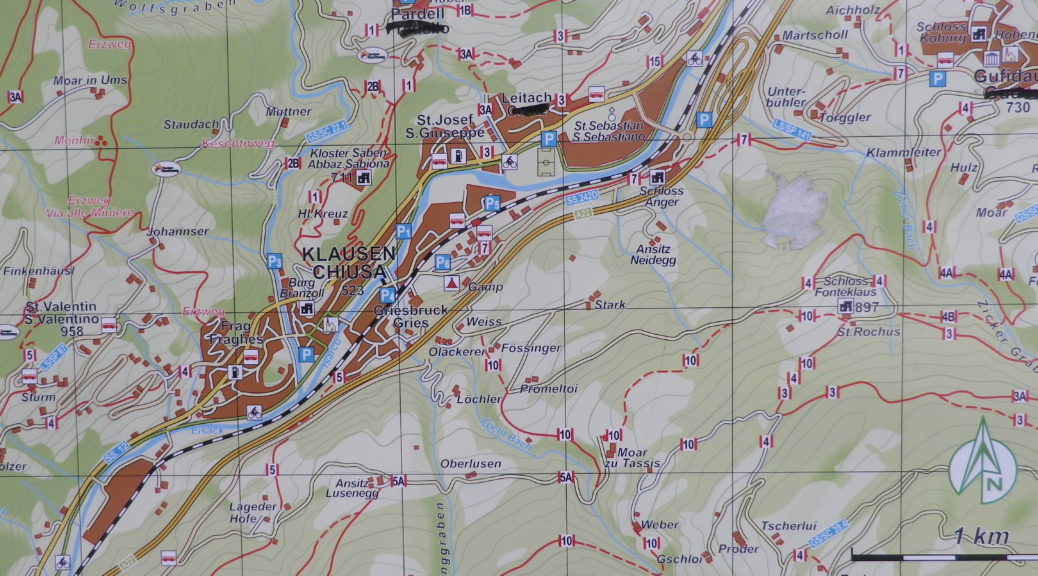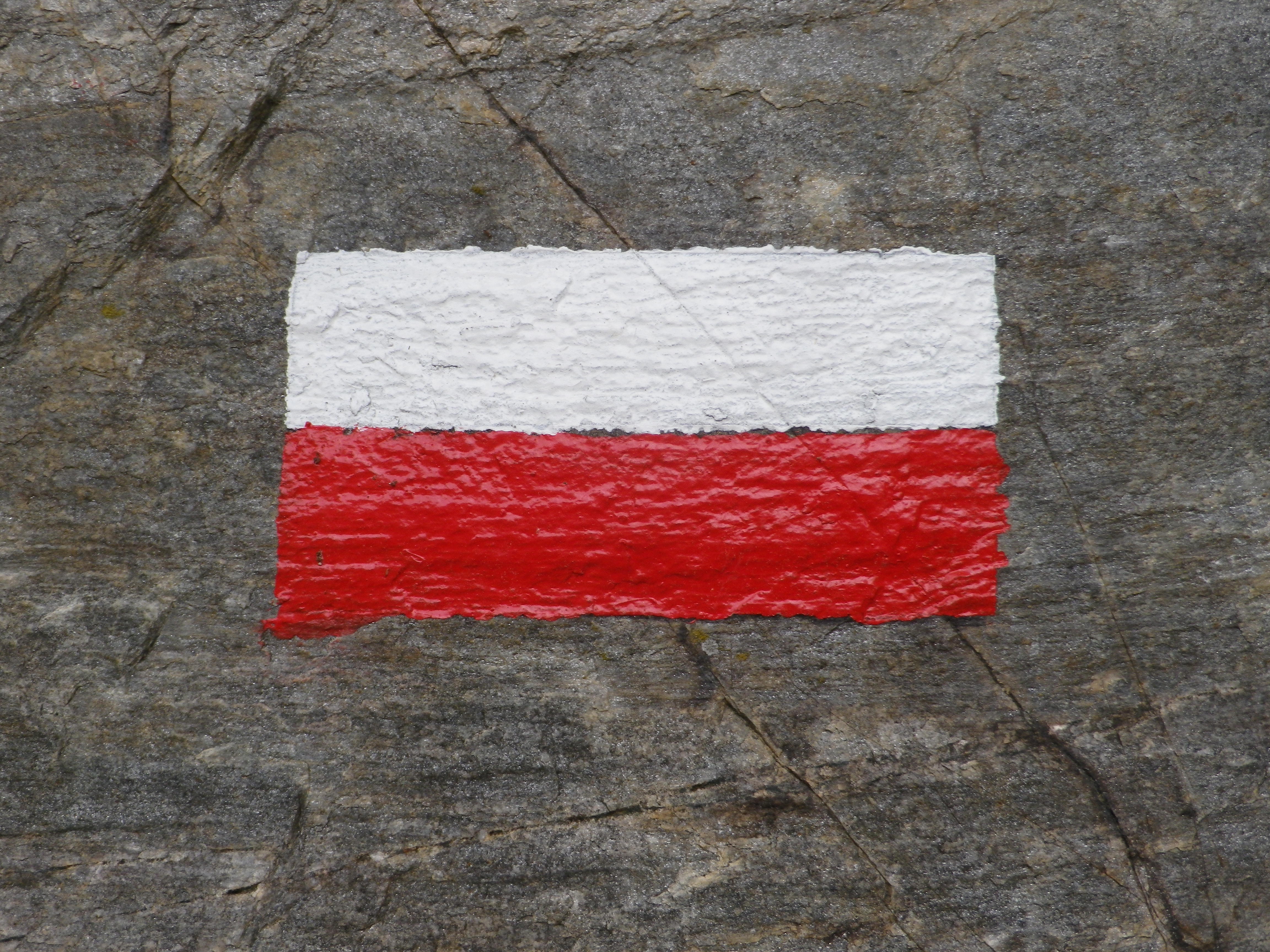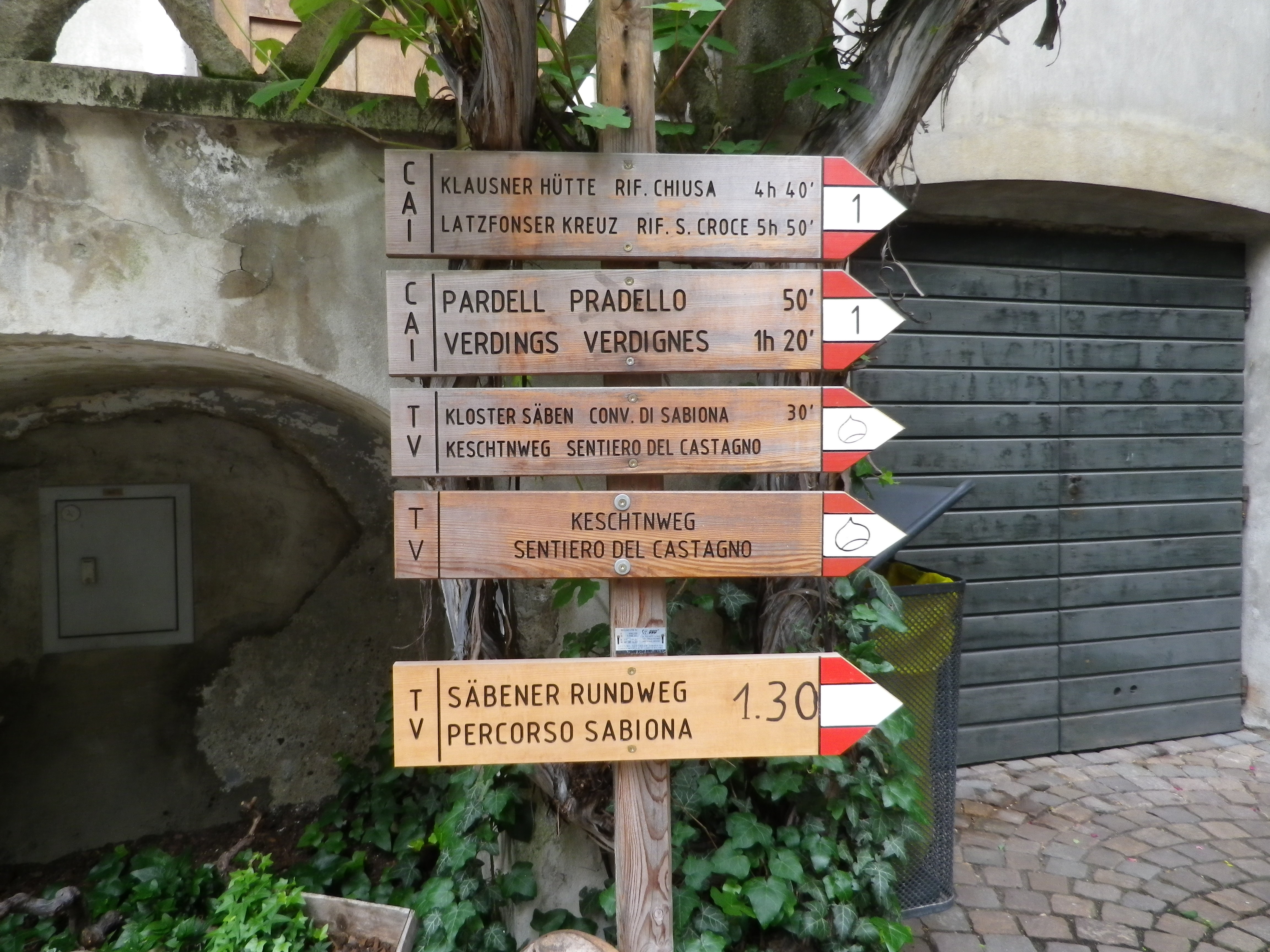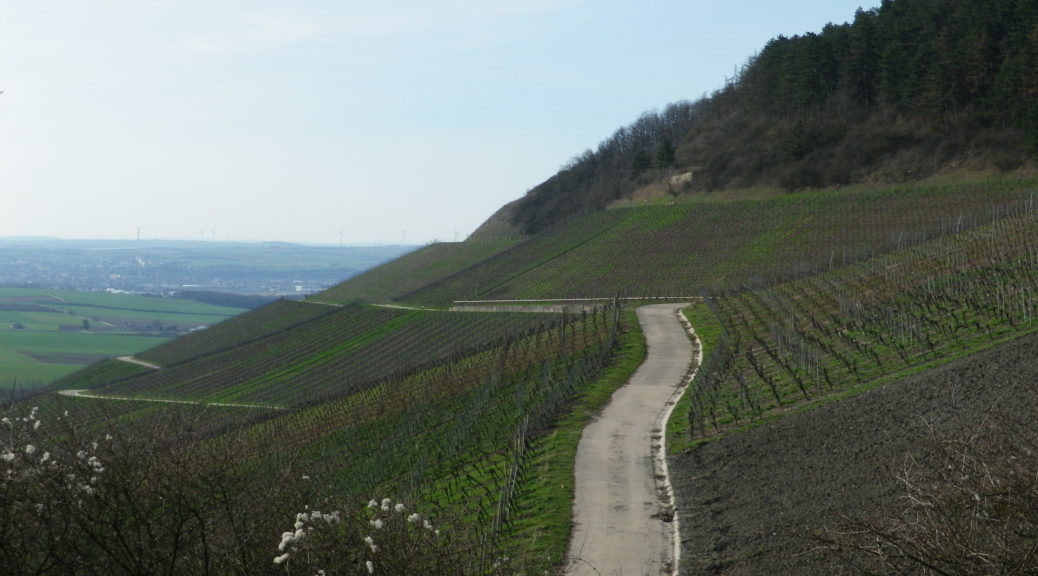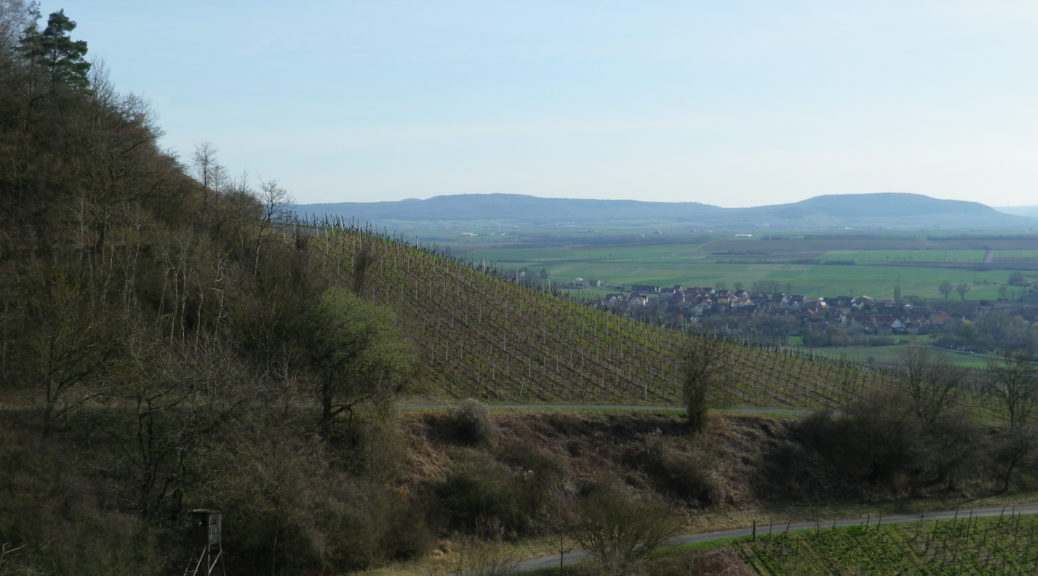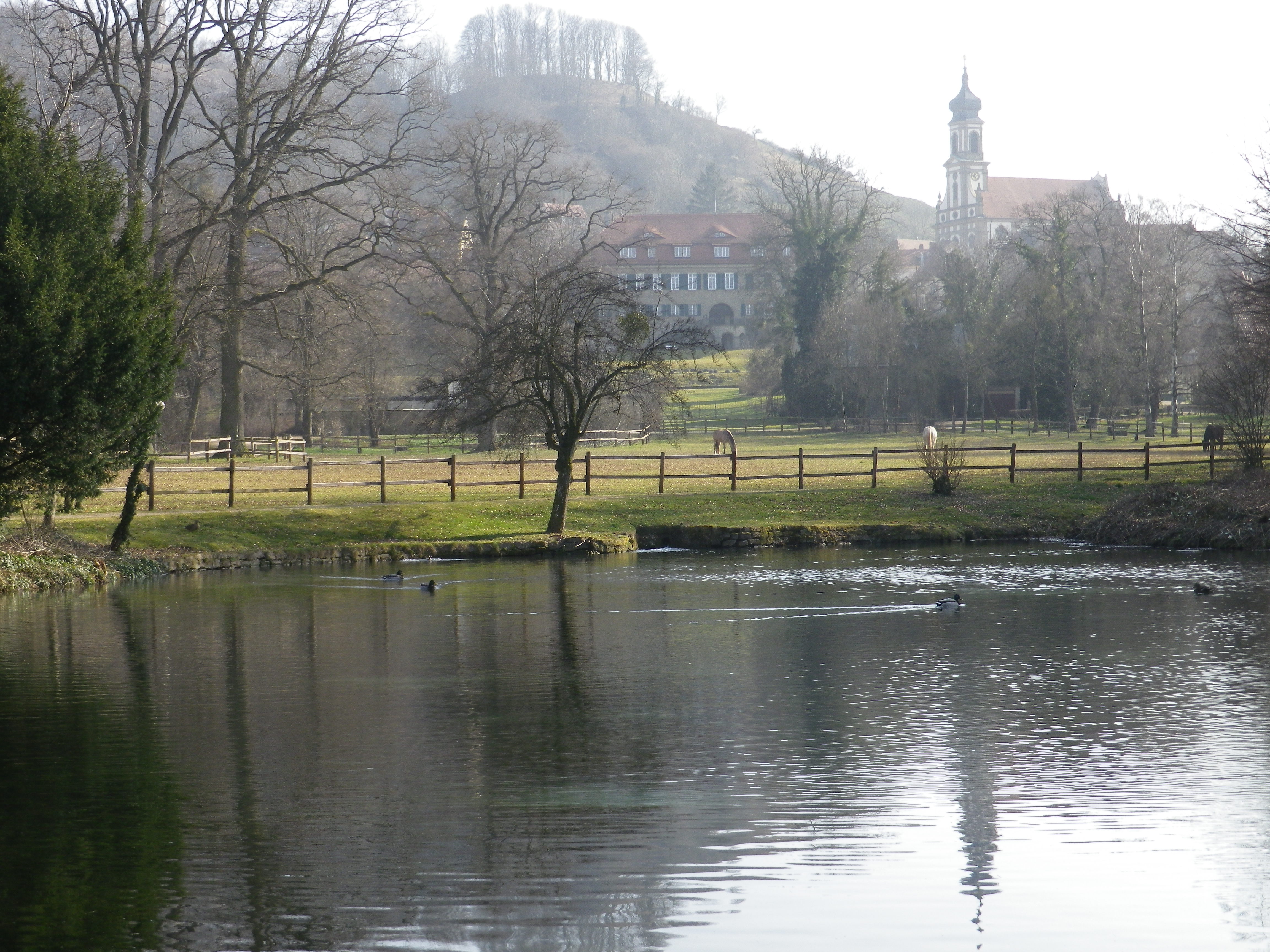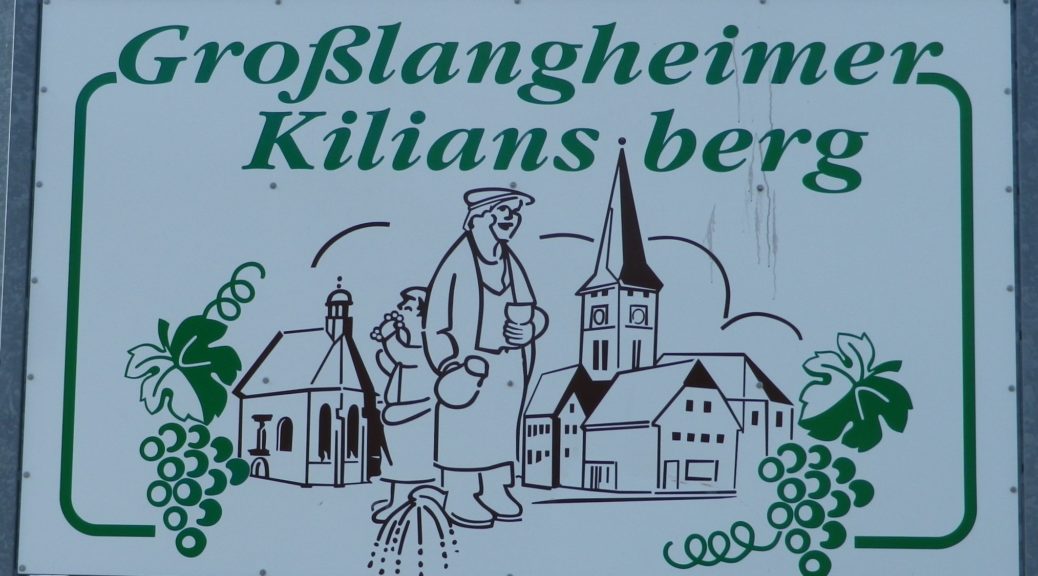The name of the trail, the Fuerstenbergblick, in this instance, is a subtle reference to who owned the vineyards on the hills overlooking the Rhine. Not only did the trail lead through the refined vineyards of the Middle Rhine, but it also included views of several castles that the Fuersten, or princes, owned on this lucrative section of the Rhine.
This hike had a lot going for it, beginning with its location. It is about in the center of the UNESCO world-heritage site. Bacharach, and its famous wines, lie just to the north of Niederheimbach, and the well-known wine village of Lorch, with its highly acclaimed wines, faces it from across the river. (It is connected to it by a convenient ferry, making travel between the left and right banks quite convenient.)
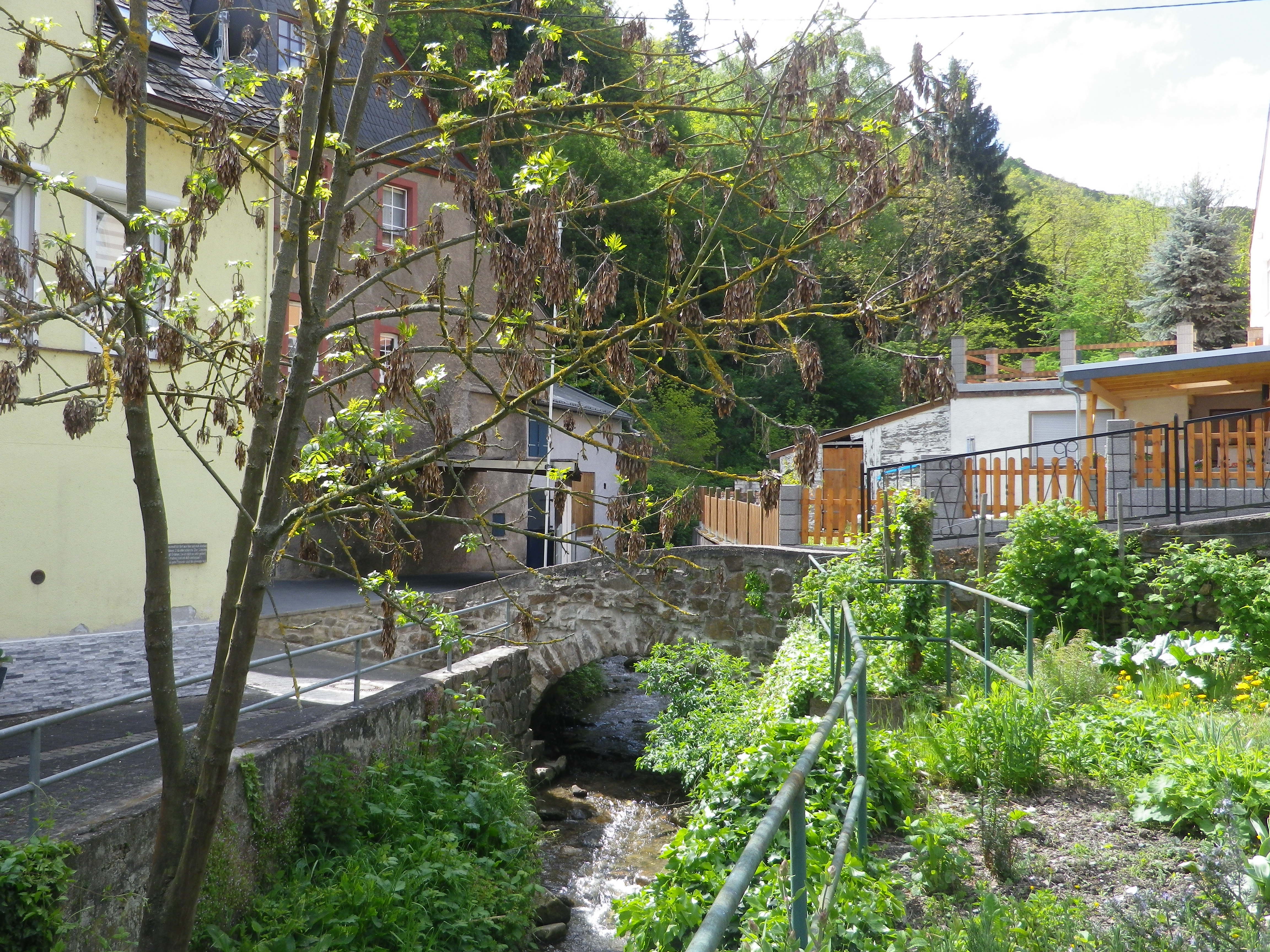
I began in town, and headed inland, up a narrow valley. Soon afterwards, the trail did a 180 degree turn, and I was facing the river, and the delightfully intimate (in size) Hohneck Castle, perched on a riverside promontory on the other side of the little valley.
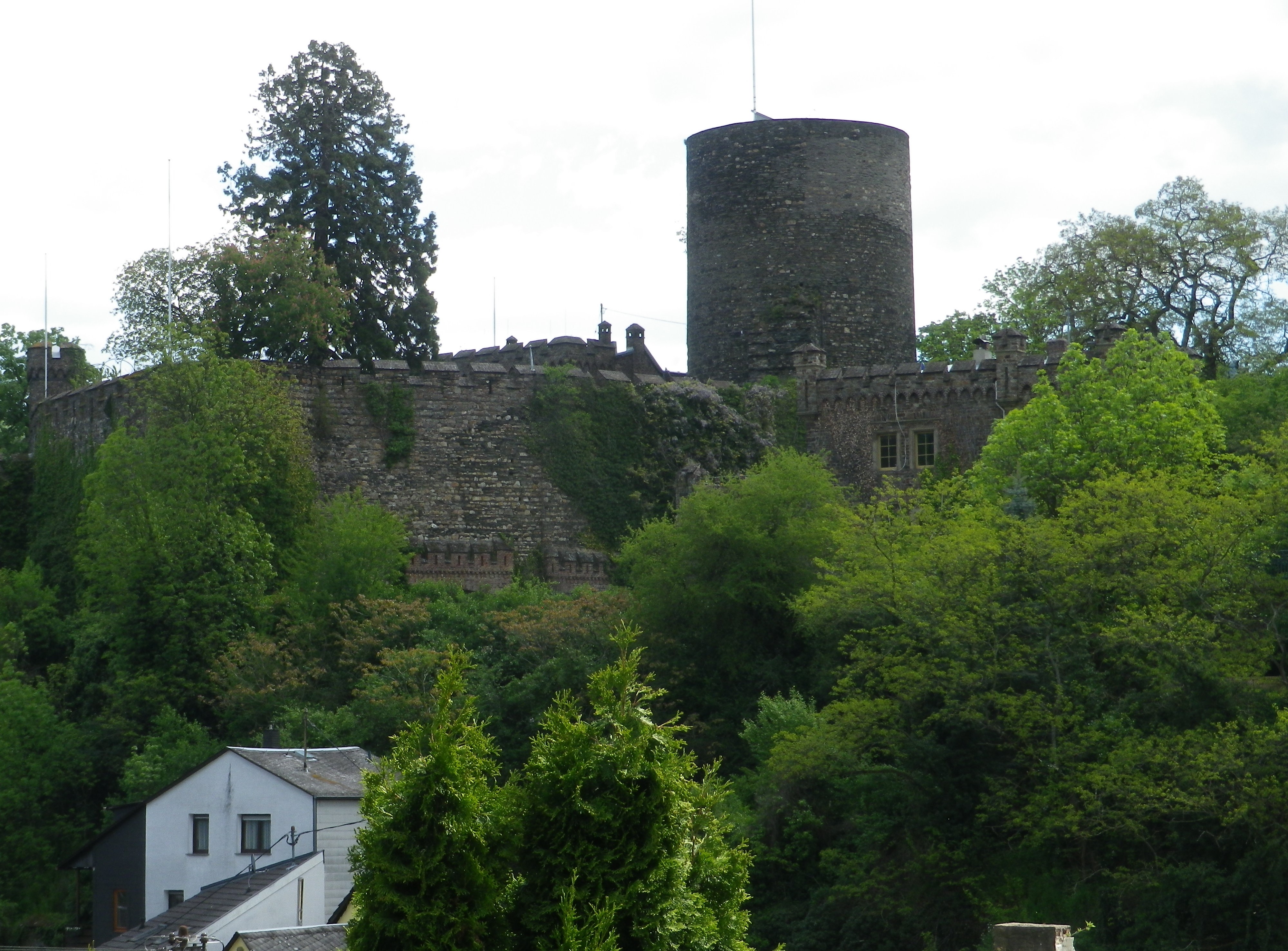
Heading toward the river, but this time on the heights above the little village, I had plenty of opportunity to study the vineyards of Lorch, across the river. I had hiked these vineyards on the magnificent long distance trail, the Riesling Pfad. (See the Nutshell here.) This time, I could see where I had been, and pat myself on the back for the multiple ascents and descents, some rather steep, I made back then.
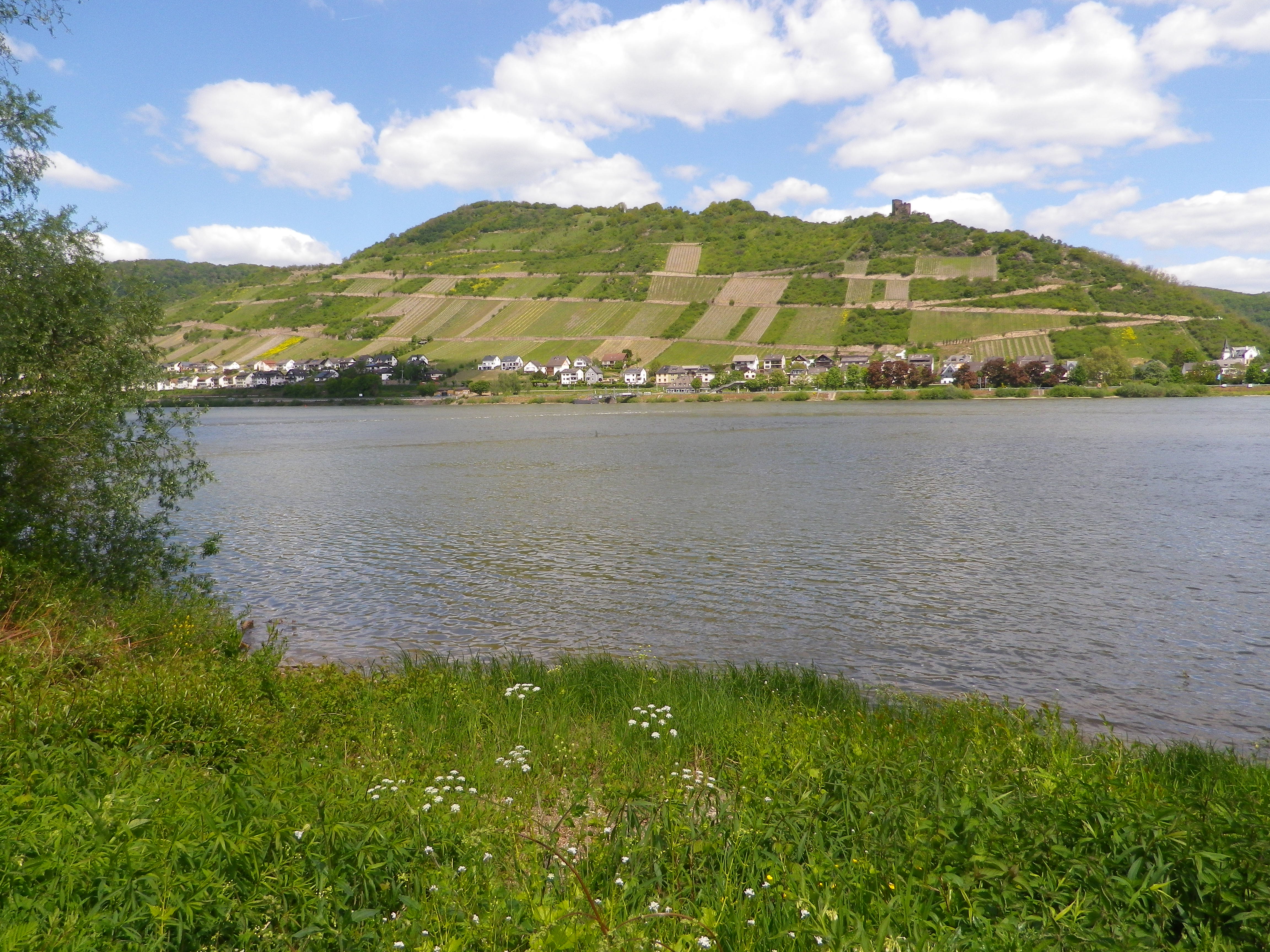
This trail, while neither as long (it is quite short in fact), nor as technically varying or challenging, was a pleasant hike for an afternoon in a quiet, beautiful section of the Middle Rhine. As it continued fairly high above the Rhine, it was easy to enjoy the expansive views while walking along a mostly flat plateau. Views extended downriver to Bacharach, over to Burg Nollig above Lorch, and up river. Photographers and castle-lovers are truly spoiled for choice here!
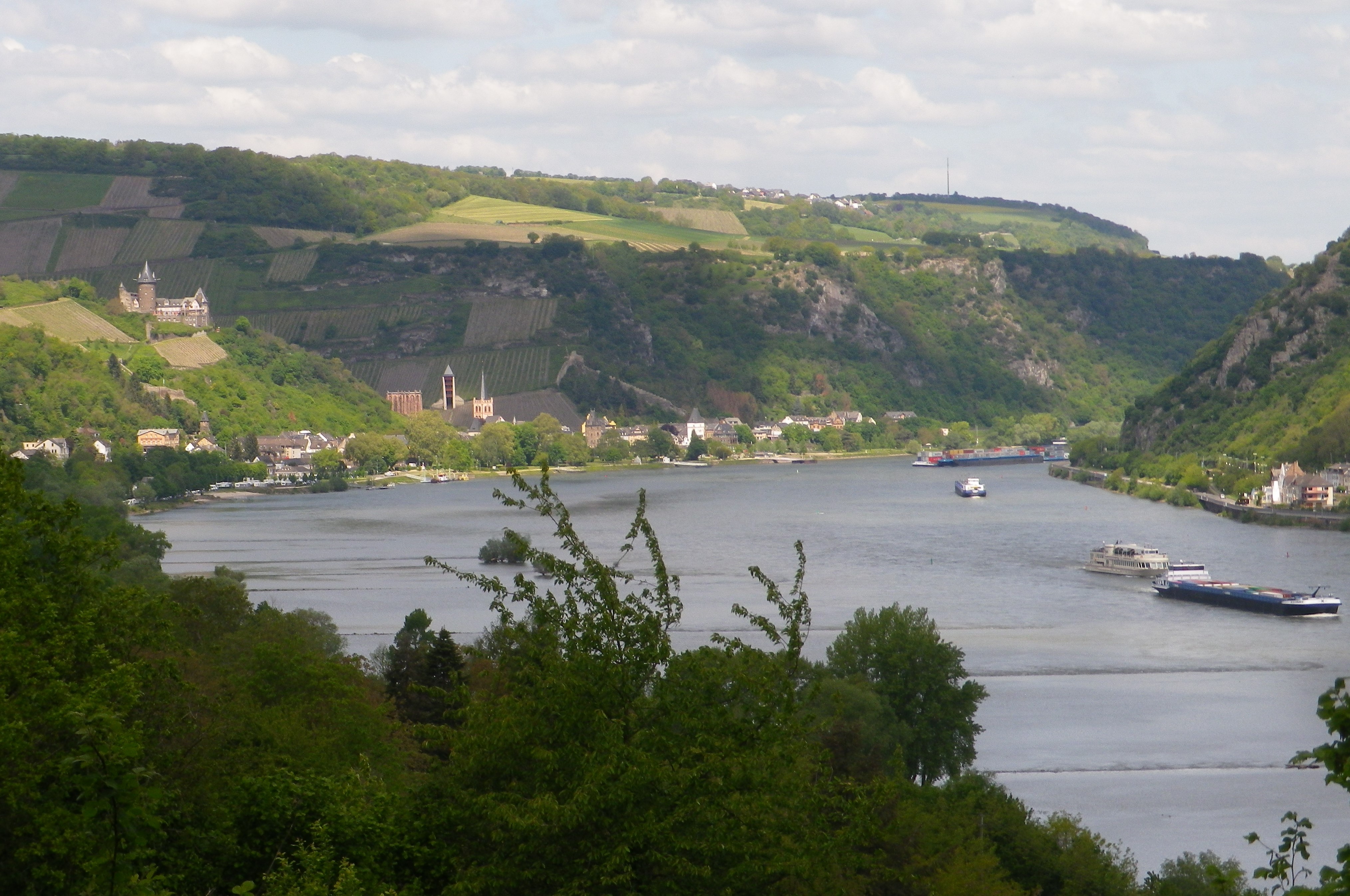
The short descent into and across the Gailsbach valley, was followed by a quick ascent up to the ruined Fuerstenberg Castle. Another castle ruin overlooking the Rhine. You would think I would get tired of them. Crooked ivy-covered walls, where small lizards hide when frightened from their sunny perches, dilapidated masonry, and door lintels to nowhere, pretty much sums up many a ruin. But I never miss an opportunity to explore them.
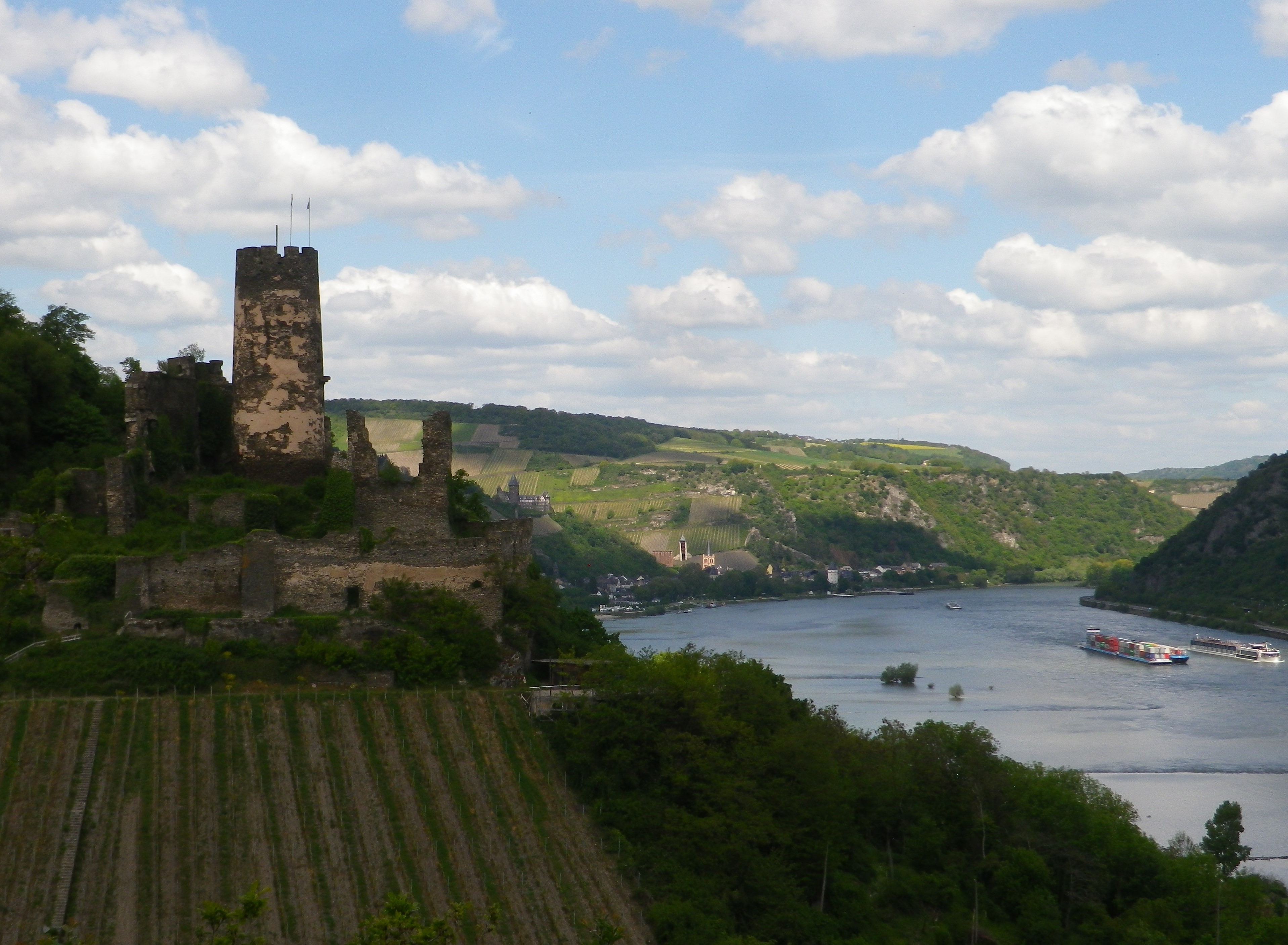
The trail soon turned south to return to Niederheimbach, to complete the circuit. At this point, there is the opportunity to walk along the edge of the Rhine. The trail, which also serves as a bike trail here (so be mindful), was a quiet, flat, nicely tarmacked section, well away from the road. Walking to the sound of lapping water, I soon came to a waterside café-bar, just before the village of Niederheimbach. Miracle of miracles, it was actually open on this non-season afternoon. I stopped, naturally. As I sipped a glass of local wine, and enjoyed the water views, I realized there is no better way to enjoy the Rhine and its wines than hiking along it!
